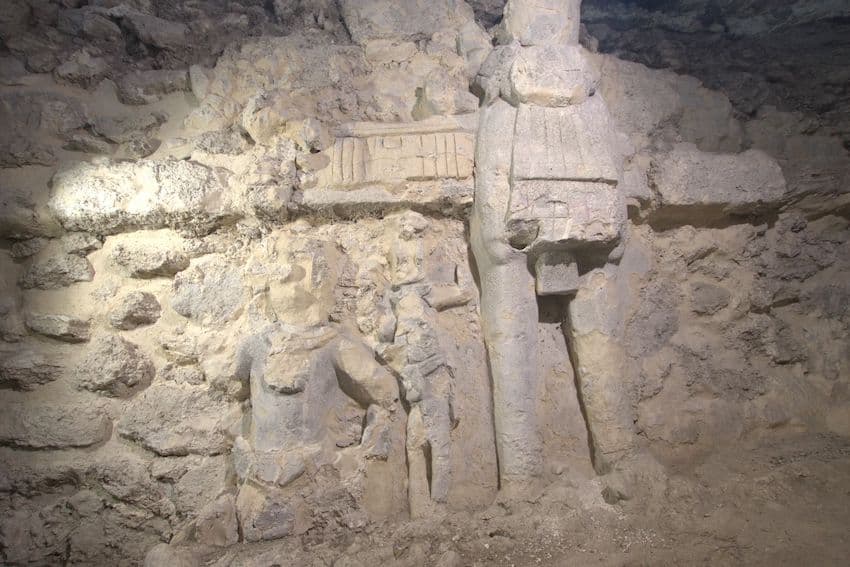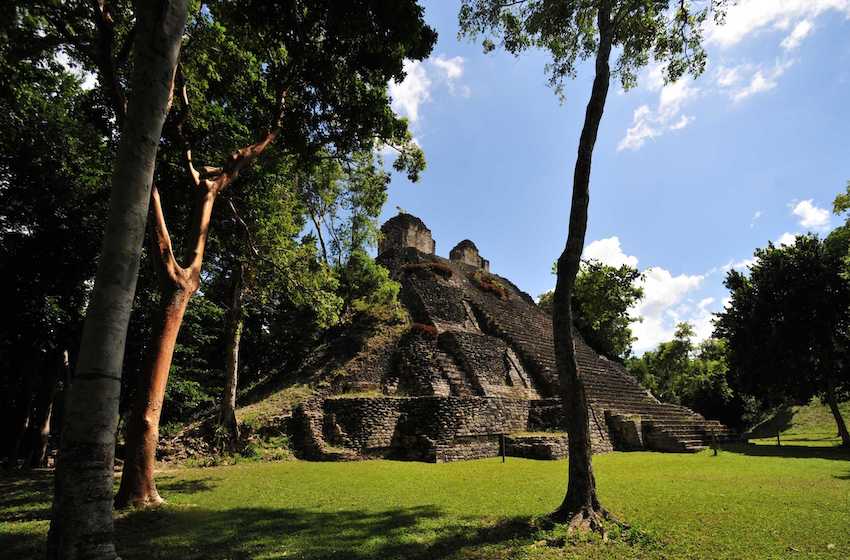After a comprehensive restoration project, the archaeological zone of Dzibanché, Mexico, has reopened its doors to the public, as announced by the Culture Ministry and the National Institute of Anthropology and History (INAH).
This once-powerful city, located in the southeastern state of Quintana Roo, was founded in the Late Preclassic period (300 BC) and was occupied as late as the 16th century.

Its status peaked during the Classic period (250-900 A.D.) when it was the capital of the ancient Maya civilization and the seat of the powerful Kaanu’l dynasty whose rule dates to the 5th century A.D., before power was moved to Calakmul.
Dzibanché was given a major facelift as part of the Promeza program, a government initiative specifically designed to improve and preserve archaeological sites located along the route of Mexico’s Maya Train.
The conservation effort and archaeological work revealed new information about the site, and deepened the understanding of Dzibanché’s cultural and historical significance.
Among the more remarkable findings was the discovery of three facades with stucco reliefs in October 2024. The intricate carvings allude to the power of the Kaanu’l dynasty through representations of ancestors, mythical animals and other traits of power — such as stone images of snakes, said to be typical of the Kaanu’l.

The most important structures at the site include the Temple of the Captives, where excavations uncovered a hieroglyphic stairway depicting sculpted representations of bound captives, the Temple of the Lintels and the Temple of the Owl.
Two pyramids are also featured, and the largest — the Cormoranes Pyramid — served as the funerary temple of Sky Witness, a king of the Kaanu’l dynasty who ruled from 561-572 A.D.
The expansive site has four distinct monumental architectural complexes in the Petén style: the Main Group (Dzibanché), the Lamay Group (Central), Tutil and Kinichná. These complexes are now easier to explore thanks to improved trails.
Dzibanché is just the latest Maya site in Quintana Roo to reopen following renovations, joining the likes of Kohunlich, Oxtankah, Chacchoben, Ichkabal and El Meco.
